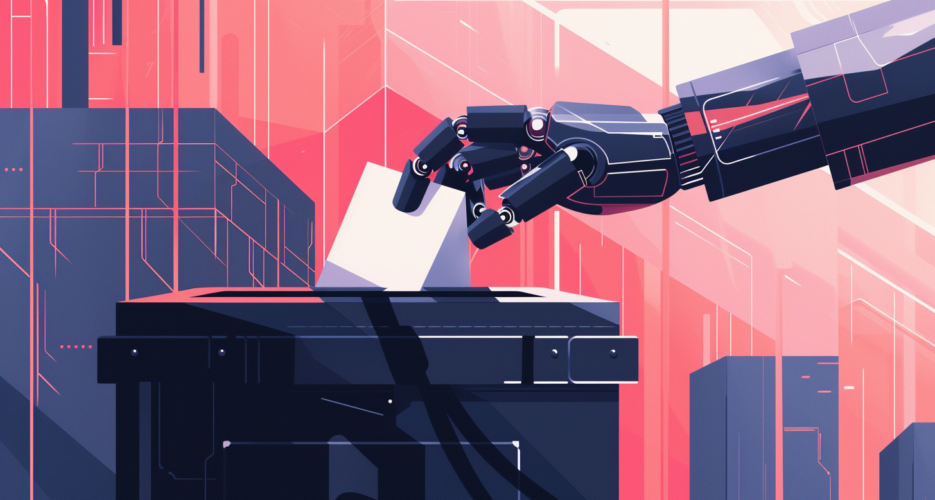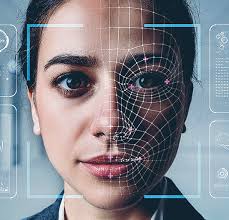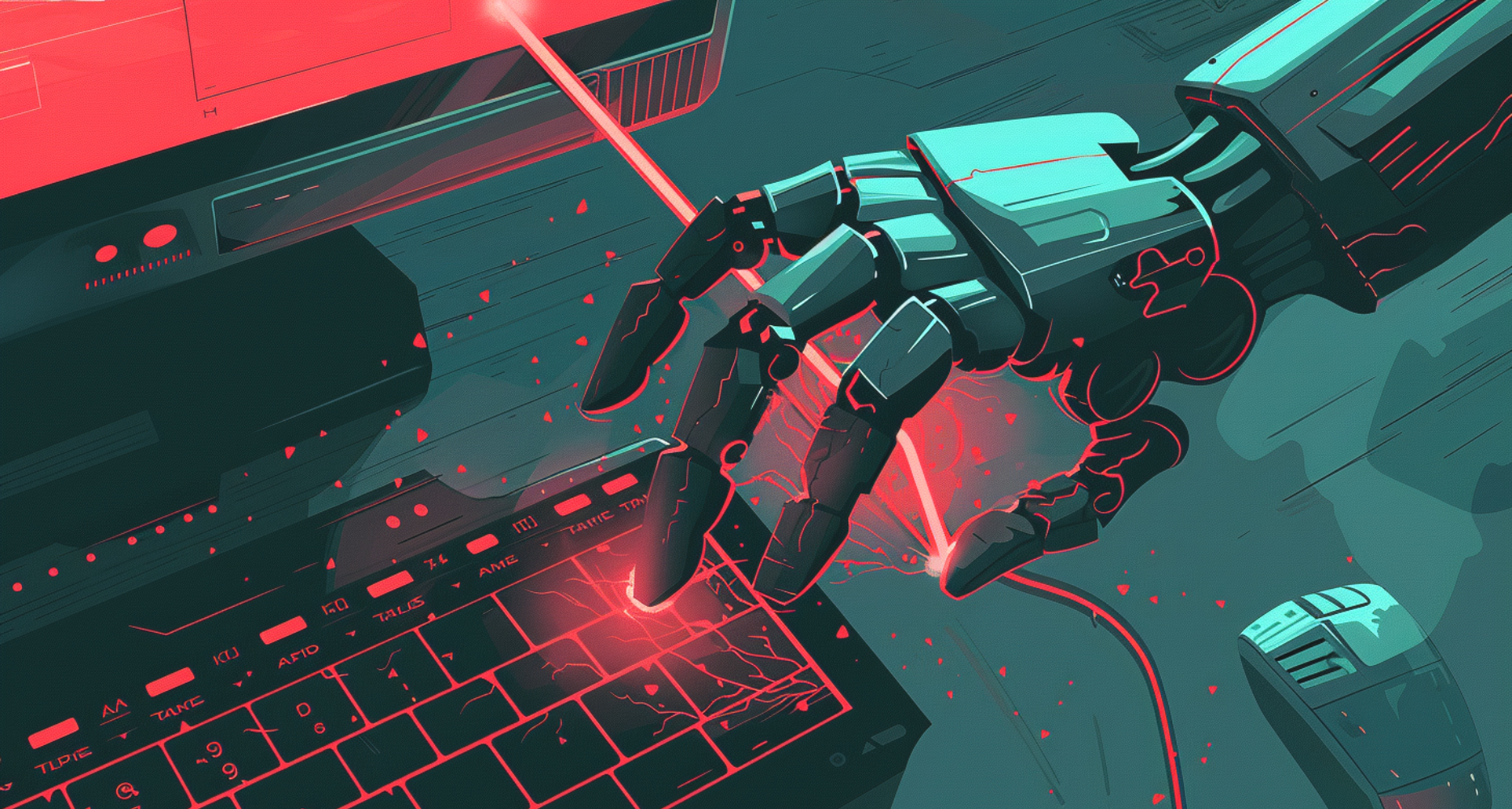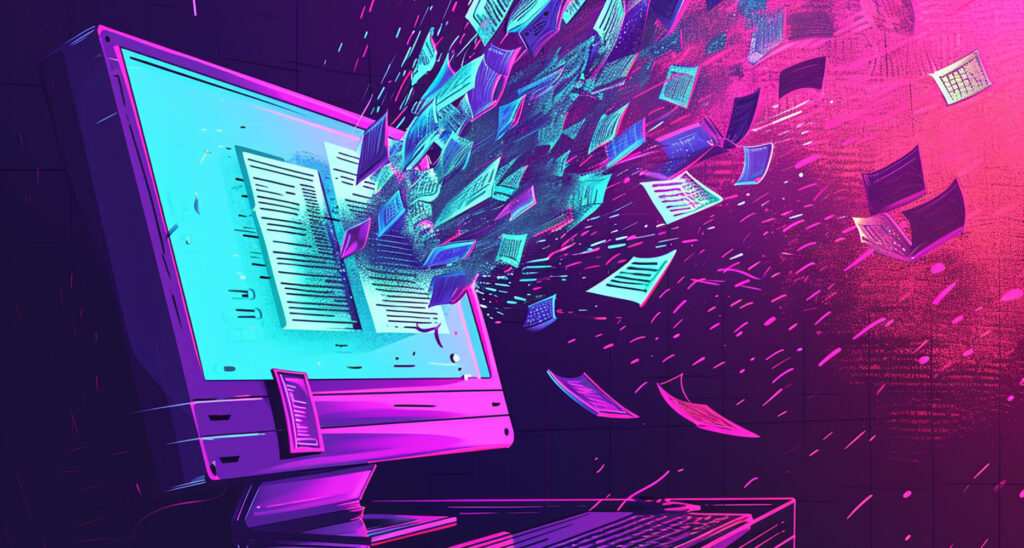Introduction: The AI Arms Race

Artificial Intelligence (AI) has revolutionized industries—from healthcare to finance—but its rapid advancement has also given rise to a new era of cyber threats. While businesses use AI for efficiency and innovation, hackers, scammers, and state-sponsored actors are weaponizing machine learning to launch sophisticated attacks at an unprecedented scale.
By 2025, cybercrime is projected to cost the world $10.5 trillion annually, with AI-driven attacks becoming faster, stealthier, and harder to detect.
This in-depth article explores:
✔ How cybercriminals are exploiting AI
✔ Real-world cases of AI-powered cyberattacks
✔ The rise of deepfake fraud and AI-generated malware
✔ How defenders are fighting back with AI
✔ Ethical and regulatory challenges in AI security
1. How AI is Being Weaponized
🤖 AI-Powered Cyberattacks: A New Threat Landscape
| Attack Type | How AI Enhances It | Real-World Example |
|---|---|---|
| Phishing 2.0 | AI crafts personalized, grammatically flawless scam emails. | 2024: AI-generated CEO fraud emails cost companies $2.4B. |
| Deepfake Scams | AI clones voices/videos for social engineering. | Hong Kong bank heist: $35M stolen via AI-cloned CFO’s voice. |
| Adaptive Malware | AI modifies malware in real-time to evade detection. | BlackMatter ransomware uses AI to avoid sandboxing. |
| Automated Hacking | AI bots scan networks 24/7 for vulnerabilities. | ChatGPT jailbreaks used to write exploit scripts. |
🔍 Case Study: AI-Generated Disinformation in Elections
- 2024 U.S. Election: AI-generated robocalls mimicked a candidate’s voice, spreading false voting information.
- Impact: Manipulated voter behavior before fact-checkers could respond.

2. The Rise of Deepfake Fraud
🎭 How Deepfake Technology is Abused
- Financial Fraud:
- AI voice cloning fools banks into authorizing wire transfers.
- 2023: A UK energy firm lost $243K to an AI voice scam.
- Non-Consensual Deepfake Porn:
- 96% of deepfakes are pornographic, mostly targeting women (Sensity AI).
- Political Manipulation:
- AI-generated videos of politicians go viral before debunking.

🛡️ Fighting Back: Deepfake Detection Tools
- Microsoft Video Authenticator
- Intel’s FakeCatcher (detects blood flow in pixels)
- Blockchain verification (for media provenance)
3. AI-Generated Malware & Autonomous Cyberweapons

💻 Polymorphic AI Malware
- What it is: Malware that rewrites its own code to bypass antivirus software.
- Example: DeepLocker (IBM) hid ransomware in benign apps until it reached a target.
🌐 AI Botnets & Swarm Attacks
- AI-driven botnets (like Mirai 2.0) launch adaptive DDoS attacks.
- 2024: A major cloud provider was overwhelmed by AI-coordinated bot traffic.
☢️ State-Sponsored AI Cyberwarfare
- Russia, China, and North Korea use AI for:
- Disinformation campaigns
- Critical infrastructure hacking (power grids, hospitals)

4. How AI is Being Used for Defense
🛡️ AI-Powered Cybersecurity Tools
| Tool | Function | Effectiveness |
|---|---|---|
| Darktrace | Uses AI to detect anomalous behavior. | Blocks zero-day attacks in real-time. |
| CrowdStrike Falcon | AI hunts for threats across endpoints. | Stopped SolarWinds-style supply chain attacks. |
| IBM Watson for Cybersecurity | Analyzes threat intelligence reports. | Reduces response time from hours to seconds. |
⚔️ AI vs. AI Cyber Battles
- Example: AI firewalls now predict and counter AI-driven attacks.
- Problem: Hackers use adversarial machine learning to fool AI defenses.
5. Ethical & Regulatory Challenges
⚠️ The AI Security Dilemma
- Dual-Use Problem: The same AI that detects fraud can also commit it.
- Bias in AI Security: Facial recognition misidentifies minorities, leading to false accusations.

🌍 Global AI Regulations
| Region | AI Security Laws | Key Focus |
|---|---|---|
| EU | AI Act (2025) | Bans malicious AI use in cyberattacks. |
| U.S. | Executive Order on AI (2023) | Requires AI safety testing. |
| China | AI Ethics Guidelines | State-controlled AI development. |
6. The Future: Can We Stay Ahead of AI Threats?
🔮 Predictions (2025–2030)
- AI cyberwarfare becomes a standard military tactic.
- Quantum AI hacking breaks current encryption.
- AI security certifications become mandatory for businesses.
🛡️ How to Protect Your Business
✔ Use AI-enhanced cybersecurity tools (e.g., Darktrace, SentinelOne).
✔ Train employees on AI-powered phishing tactics.
✔ Advocate for stronger AI regulations.
Conclusion: The AI Security Arms Race
AI is a double-edged sword—empowering both defenders and attackers. While malicious actors exploit machine learning for fraud, espionage, and chaos, AI-driven security tools are our best hope for fighting back.
The future of cybersecurity isn’t human vs. AI—it’s AI vs. AI.



